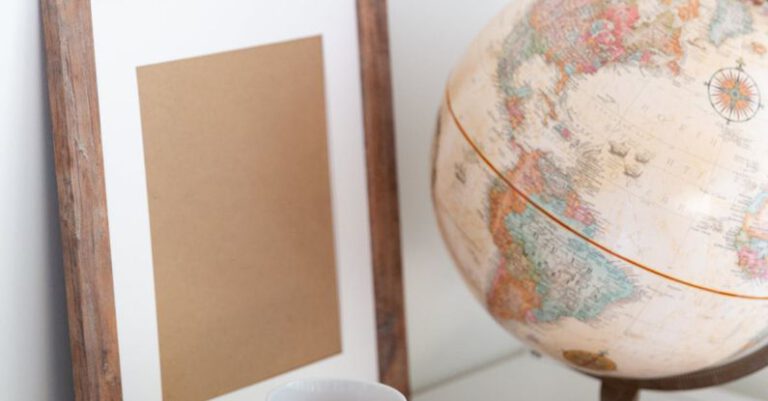What Are the Best Practices for Displaying Tape Art

Tape art has gained popularity in recent years as a unique and versatile form of artistic expression. Using adhesive tape to create intricate designs and patterns, tape artists have been able to transform plain walls, floors, and even objects into visually stunning pieces of art. However, displaying tape art effectively can sometimes be a challenge. In this article, we will explore some of the best practices for displaying tape art to ensure that it is showcased in the best possible way.
Choosing the Right Surface
One of the most important factors to consider when displaying tape art is the surface on which it will be placed. Smooth and clean surfaces such as walls, windows, or canvases are ideal for tape art as they provide a flat and even base for the design. Avoid surfaces that are rough or textured, as the tape may not adhere properly or the design may not appear as crisp and clear.
Consider the Lighting
Lighting plays a crucial role in the overall impact of tape art. Proper lighting can enhance the colors and details of the design, making it more visually appealing. When choosing a location to display tape art, consider the natural lighting conditions as well as the artificial lighting options available. Experiment with different lighting angles and intensities to find the best way to showcase the art.
Protecting the Artwork
Tape art, while visually striking, is also delicate and prone to damage if not handled with care. To protect the artwork and ensure its longevity, consider using a clear protective sealant or varnish over the design. This will help to prevent the tape from peeling or fading over time, especially in high-traffic areas or outdoor environments.
Creating a Focal Point
When displaying tape art, it is important to consider the overall aesthetic of the space and how the art will fit into the existing decor. Create a focal point by placing the tape art in a prominent location where it can be easily seen and appreciated. Consider the size and scale of the design in relation to the surrounding space to ensure that it makes a bold statement without overwhelming the room.
Experimenting with Placement
Tape art is highly versatile and can be displayed in a variety of ways to create different visual effects. Experiment with different placement options such as vertical, horizontal, or diagonal orientations to see which works best for the design. Consider creating a series of smaller pieces that can be arranged in a gallery-style display or opt for a larger, statement piece that commands attention.
Collaborating with Other Artists
Collaborating with other artists can be a great way to enhance the impact of tape art and create a more dynamic display. Consider working with photographers, painters, or sculptors to incorporate different elements into the artwork and create a multidimensional experience for viewers. By combining different artistic styles and techniques, you can create a truly unique and captivating display that showcases the versatility of tape art.
Embracing Imperfections
One of the charms of tape art is its imperfections and the unique textures that can be achieved through this medium. Embrace the imperfections and quirks of the tape art, as they add character and personality to the design. Allow for some spontaneity and flexibility in the creative process, and don’t be afraid to experiment with different techniques and materials to see what works best for your vision.
Incorporating Interactive Elements
To engage viewers and create a more immersive experience, consider incorporating interactive elements into the tape art display. This could include allowing viewers to touch and feel the textures of the tape, creating a 3D effect by layering the tape, or incorporating sound or motion sensors that activate different parts of the design. By adding interactive elements, you can create a more dynamic and engaging display that invites viewers to participate and interact with the artwork.
Maintaining and Updating the Display
Once the tape art is displayed, it is important to maintain and update the display regularly to ensure that it remains fresh and visually appealing. Check the artwork periodically for any signs of damage or wear and make any necessary repairs or touch-ups as needed. Consider changing the display or adding new elements to keep the artwork looking current and engaging for viewers.
In conclusion, displaying tape art effectively requires careful consideration of the surface, lighting, protection, placement, collaboration, imperfections, interactive elements, and maintenance. By following these best practices, you can create a visually stunning and engaging display that showcases the unique beauty and versatility of tape art. Experiment with different techniques and styles to find what works best for your vision and create a display that is truly one-of-a-kind.





